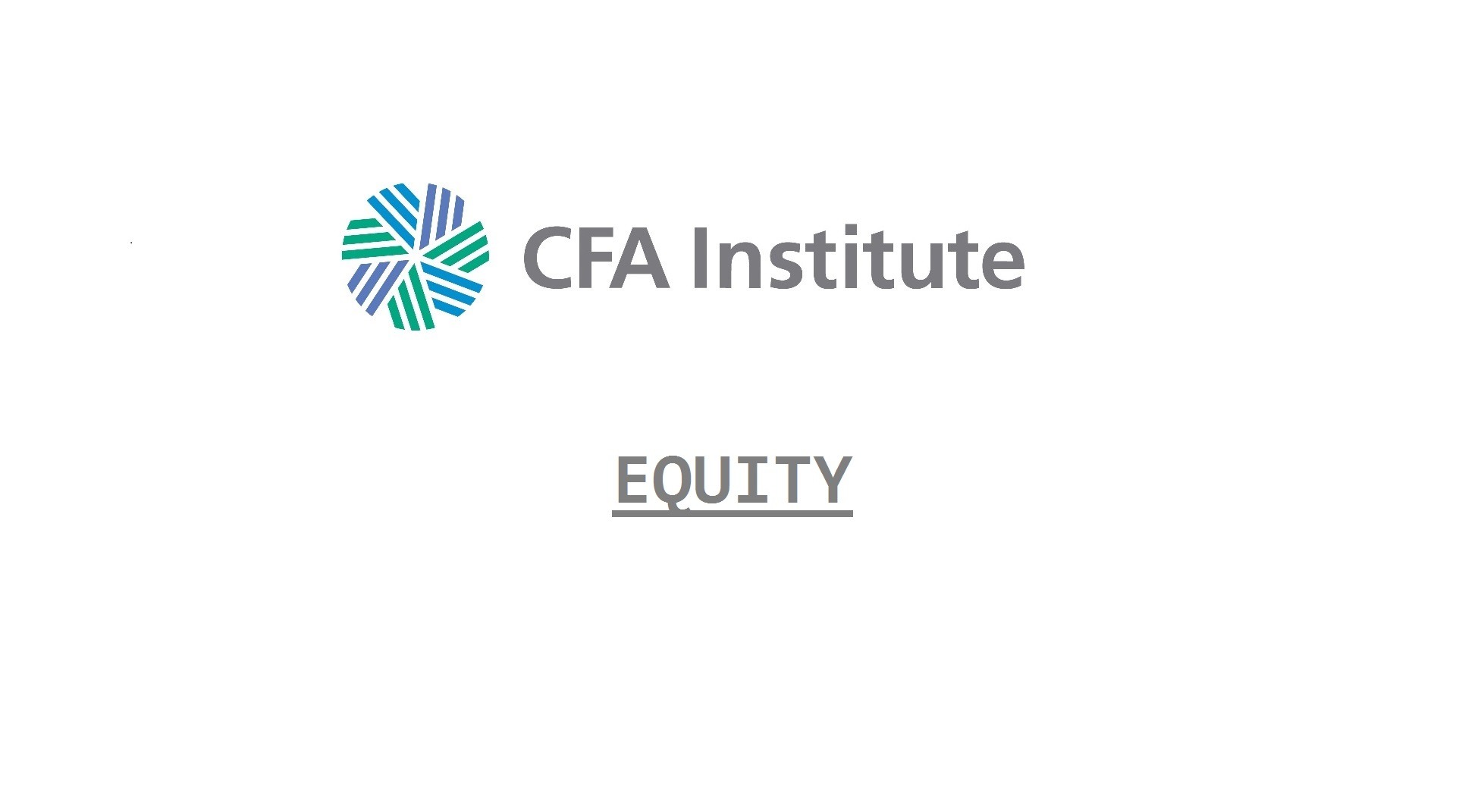Top-Down Strategies
Top-down strategies use an investment process that begins at a top or macro level. Instead of focusing on individual company- and asset-level variables in making investment decisions, top-down portfolio managers study variables affecting many companies, such as the macroeconomic environment, demographic trends, and government policies. These managers often use instruments such as futures contracts, ETFs, swaps, and custom baskets of individual stocks to capture macro dynamics and generate portfolio return.
Some bottom-up stock pickers also incorporate top-down analysis as part of their process for arriving at investment decisions. A typical method of incorporating both top-down macroeconomic and bottom-up fundamental processes is to have the portfolio strategist set the target country and sector weights. Portfolio managers then construct stock portfolios that are consistent with these preset weights.
Top-down managers typically use broad market ETFs and derivatives to overweight the best markets and underweight the least attractive markets according to the following dimensions:
- Country/geography.
- Industry sector.
- Volatility: Volatility trading can be conducted through VIX futures, variance swaps, or option volatility strategies such as straddles.
- Thematic investment strategies: Focus on opportunities presented by new technologies, changes in regulations, and economic cycles.
- Factor-Based Strategies: A factor is a variable or characteristic with which individual asset returns are correlated. Broadly defined, a factor-based strategy aims to identify significant factors that can predict future stock returns and to construct a portfolio that tilts towards such factors.
- Value
- Price Momentum
- Growth
- Quality
- Unconventional Factors Based on Unstructured Data
- Activist Strategies: Activist investors specialize in taking stakes in listed companies and advocating changes for the purpose of producing a gain on the investment.
- Strategies Based on Statistical Arbitrage and Market Microstructure: Statistical arbitrage (or “stat arb”) strategies use statistical and technical analysis to exploit pricing anomalies.
- Event-Driven Strategies: Event-driven strategies exploit market inefficiencies that may occur around corporate events such as mergers and acquisitions, earnings or restructuring announcements, share buybacks, special dividends, and spinoffs.
